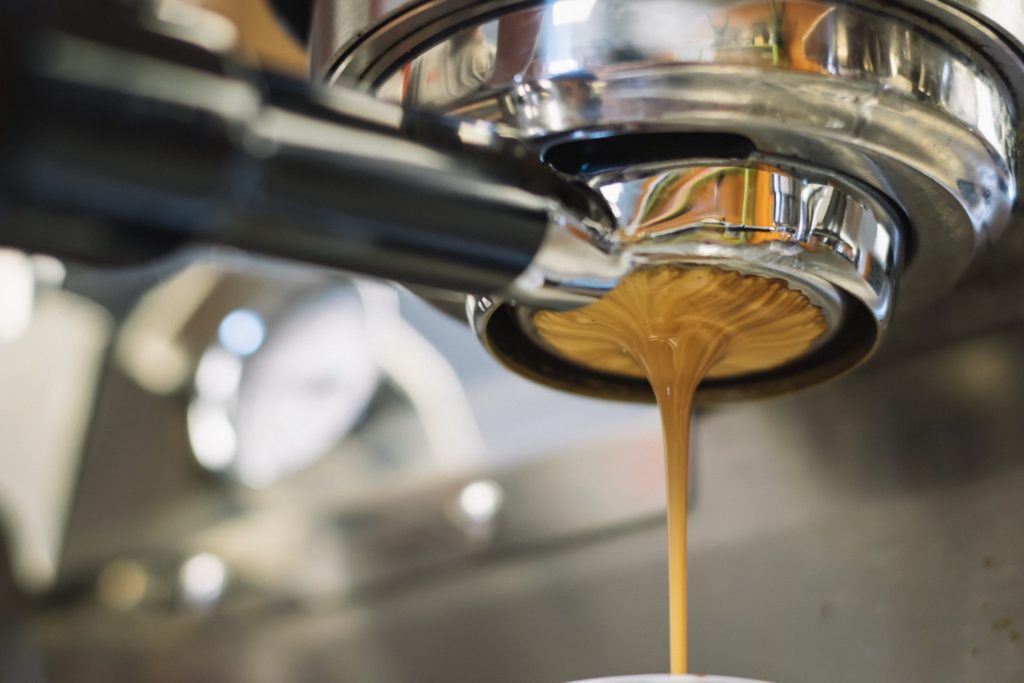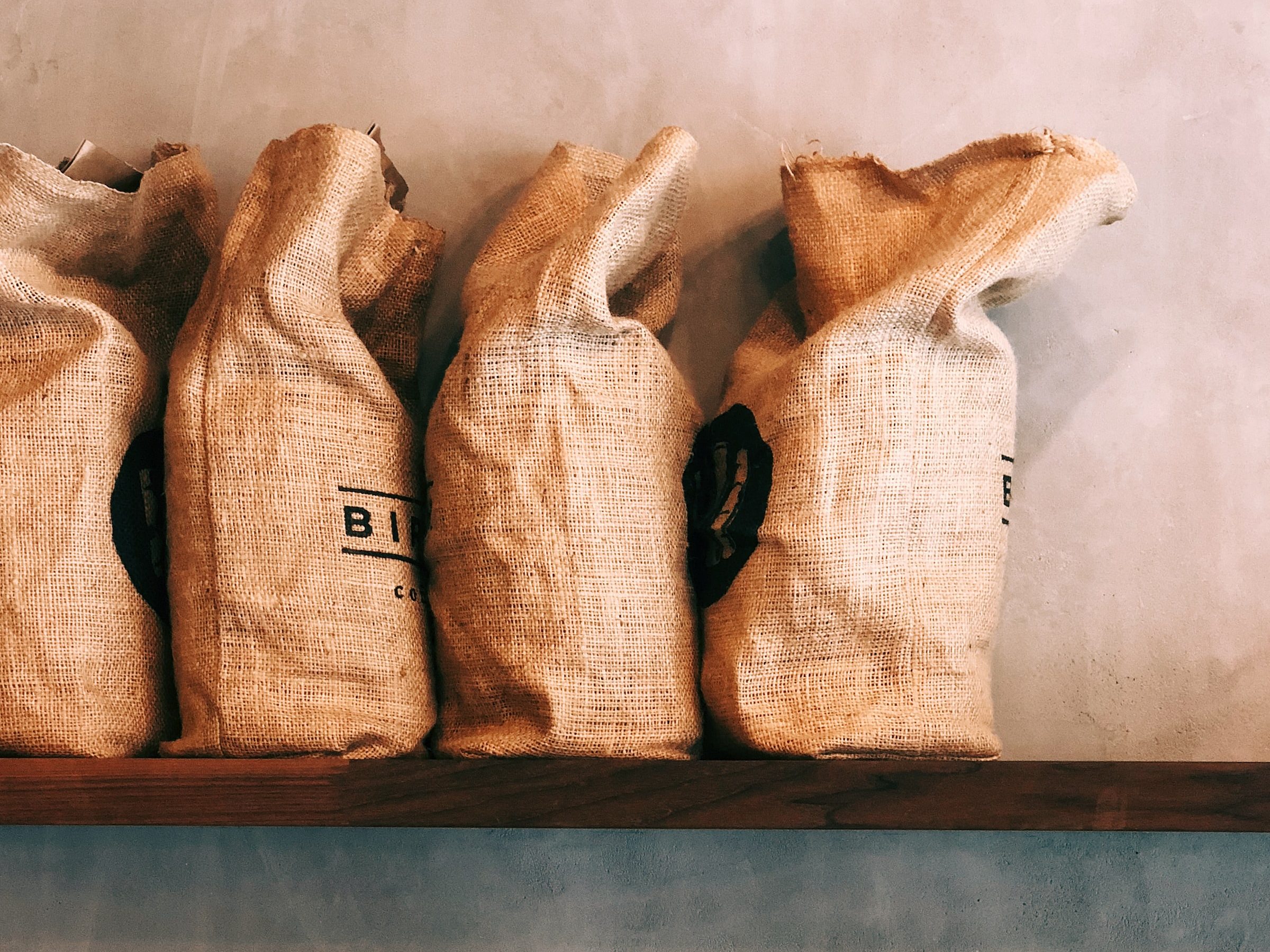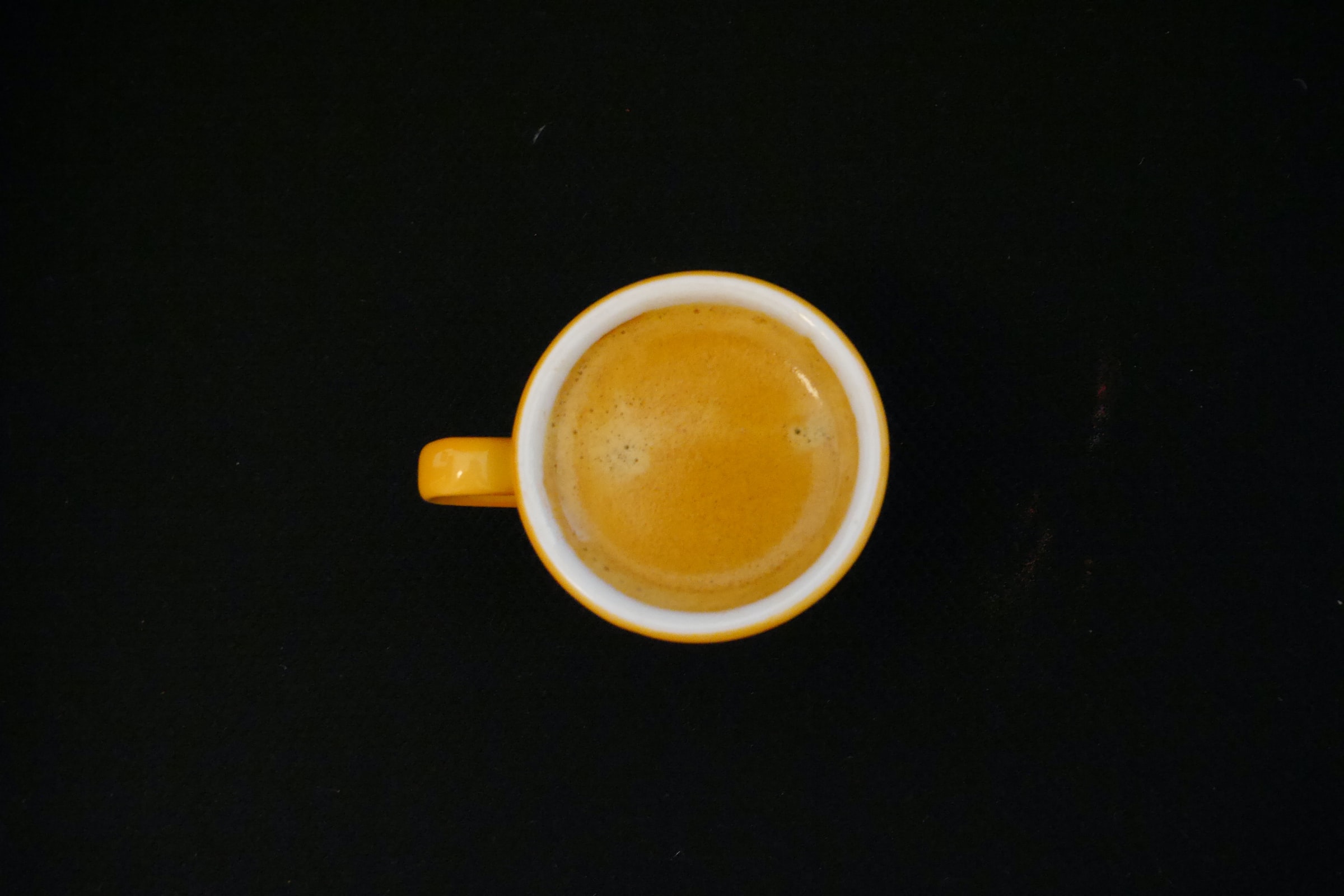Nothing beats the taste of a good espresso shot. Crema, rich taste, and a caffeine rush. However, while it may appear simple, there are a number of elements to consider while looking for the best coffee beans for the perfect espresso shot.
In this post, we’ll share some experience-based tips on choosing the right coffee beans for your espresso shot.
The History of Espresso
Espresso is an Italian method of preparing coffee in which a small amount of nearly boiling water (approximately 90 °C or 190 °F) is pressed through finely-ground coffee beans under 9-10 bars of pressure.
Espresso has a long history reaching back to the 19th century. The first espresso machines were built in Italy and immediately gained popularity in cafés across Europe. Today, espresso is one of the most popular coffee drinks around the world.
Espresso has more caffeine per unit volume than most other types of coffee, although it is normally served in lower quantities. Espresso is produced using one of three machines: steam-driven, piston-driven, or air-pump-driven.

Choosing the Right Coffee Beans
First and foremost, there is no difference between espresso and coffee beans. It’s actually a term used by roasters to indicate the preferred brewing method of the coffee beans. In fact, no matter how the beans are named, you should look for the special characteristics that fit an espresso.
When it comes to the level of roasting, our recommendation is to choose something in the middle of the dark spectrum. This roasting level produces good results when preparing lattes, flat whites, and single-shot espresso. However, dark roast coffee beans are likely to have the same taste, no matter the origin of the beans. Therefore, you might lose the unique characteristics of the beans when going for a dark roast for your espresso. Light roast coffee beans can also be used to make an espresso. They will bring out the flavors of the specific coffee beans you picked on the account of the intensity and full-bodied flavor that is common in an espresso shot.
In relation to the question of single-origin or blend, we can say that while single-origin is more satisfying, blends are more forgiving. This means that if you pull a shot with a blend, you may make mistakes and still get a good shot. Blends also tend to taste better in a cappuccino or latte. Single-origin coffee beans deliver a much more exquisite taste and a full espresso experience. Nevertheless, if you don’t pull a perfect espresso shot, the taste and aroma will be damaged.
As we always suggest, like any other type of coffee, espresso should be prepared from whole coffee beans that were ground right before pulling the shot. This will boost the freshness of your cup.
In the debate between Arabica and Robusta, we recommend coffee that is composed of 100% Arabica beans. However, a blend containing not more than 20% Robusta will emphasize the Crema and produce a good espresso as well.

Buying Coffee Beans for Espresso
Espresso newbies better follow these basic rules of thumb to enjoy a true espresso experience:
Medium-dark to dark roast
Blend
100% Arabica
1 to 4 weeks from the roasting date
More experienced Espresso fans can wander to medium roast to amplify the virtues of each specific bean. They might as well go for a single-origin of high quality.
Our favorite when it comes to coffee beans for espresso is Intelligentsia Black Cat Espresso Blend. You can expect high-quality beans with medium to full body and low acidity. The flavor is carrying notes of chocolate, and brown sugar.
You’re invited to discover all of our picks for the best coffee beans for espresso and choose the one that fits your personal taste.
